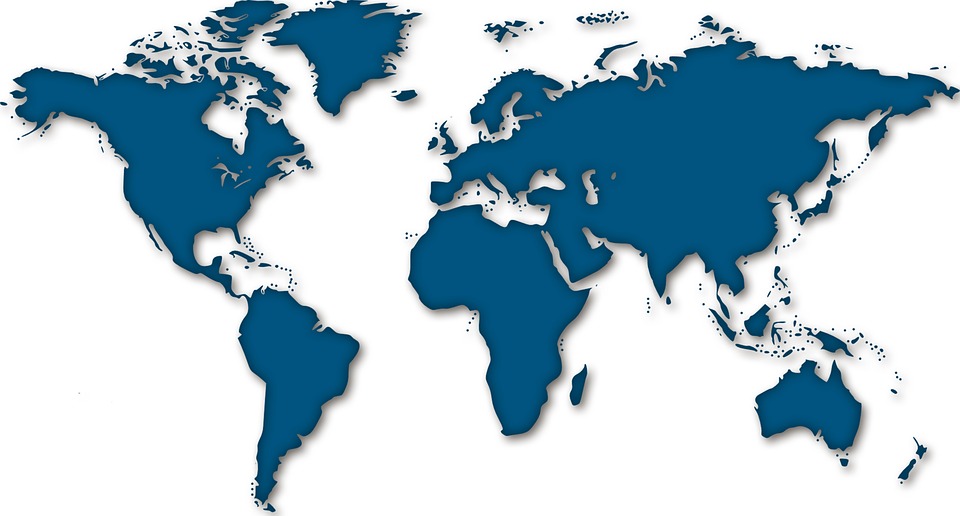Lead Partner: UoP – Participants: UoA, IME
The aim of the WP is to identify the conjunction of economic structures and un/underemployment patterns and its consequences at the local level. This is a two-way process, as both ‘components’ interact with each other. WP3 will identify the interface and incompatibility between: (a) existing local entrepreneurship patterns and (b) locally embedded human resources, which are hit by the crisis or remain unexploited. To this purpose, the research will focus on the 4 target localities. WP2 will build upon the framework developed in WP1 to analyze how different economic structures and production specialization define the patters of unemployment and underemployment in local labour markets. The results will provide feedback to WP3, indicating potential directions and ways integrating the local labour force in sustainable economic recovery.
Task 2.1 (M1-M2): The local entrepreneurship will be explored in terms of sectoral specialization (i.e. LQ calculation for the localities under study), production restructuring, competitive strategies and practices employed, in relation to the absorption and upgrade of labour and other assets of the
local economies. To grasp a subtle perspective of local growth patterns, quantitative sectoral data (business number, employment and revenue size, share in regional GDP, shift-share analysis of local un- / under-employment etc) will be combined with qualitative data (interviews, questionnaires) provided by business associations and related organizations.
Task 2.2 (M1-M3): The local labour surplus will be analyzed in terms of the quality and potential of human assets, measured by data of educational background, demographic attributes (age, gender), skills and expertise, attitude towards employment-seeking, attitude towards atypical employment forms, propensity towards entrepreneurship. Quantitative and qualitative methods will be employed to get a well informed insight, through the collaboration of workers associations and labour unions.
Task 2.3 (M3-M7): The conjunction between enterprises and labour surplus at the local level will be assessed by means of involving representative groups of the local labour force in primary research: unemployed (workers who lost their job) and non-voluntary part-time workers of the most important sectors in each locality will serve as target-groups for primary research, providing valuable feedback for both local entrepreneurship and the labour surplus. Sectoral specialisation and labour vulnerability will have been identified in WP2; yet, the depicted cases are indicative for the research localities:
|
Locality |
Unemployed |
Underemployed |
|
Tripoli
|
Primary sector (agriculture), with emphasis on Women |
|
|
Sparta
|
Services, with emphasis on the Young |
|
|
Rhodes |
Tourism sector (HoReCa), with emphasis on the Young |
|
|
Kastoria |
Manufacturing (fur industry), with emphasis on Women |
Task 2.4 (M7-M8): Labour agency and the spatial strategies adopted by the representative groups of workers in each locality (as in Task 3.3) will be examined. Following the methodological framework proposed by Labour Geography theorists, which analyses workers as active producers of geography across various scales, the Task will focus on divergent types of agency exercised by both the unemployed and the underemployed groups of workers in each locality; and the impact of such kind of agency on local production structures, entrepreneurship and local labour surplus.
Task 2.5 (M1-M8): WP2 administrative and technical management
Subproject 2.2: Article submitted to international conference with title Regional resilience to crisis in Greece: exploring demand and supply mismatch in local labor markets
